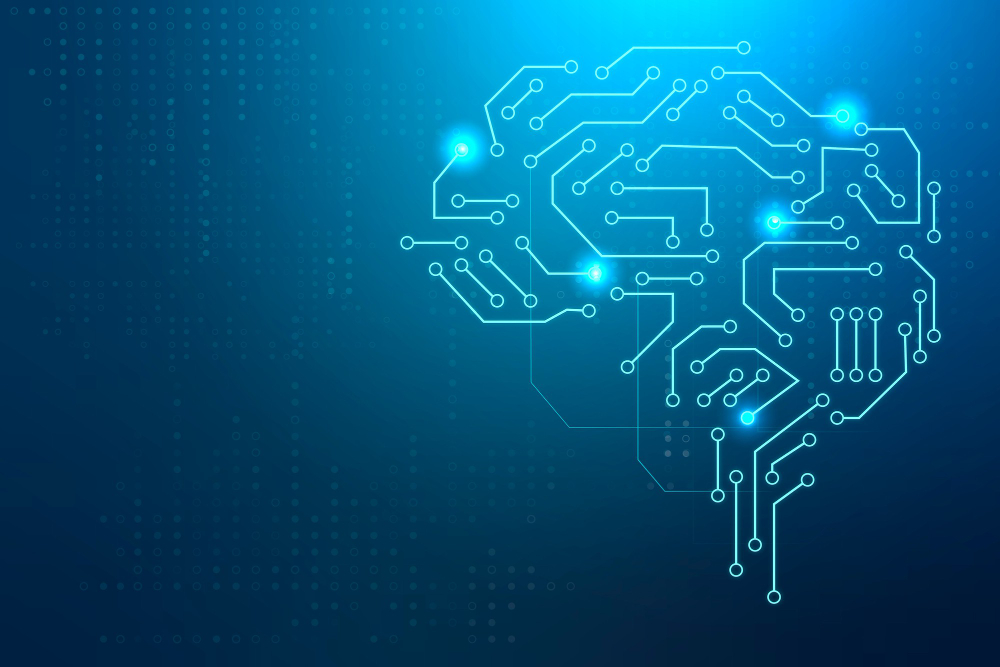
Exploring the Impact of Artificial Intelligence on Organizational Performance — July 2023
July 26, 2023
Artificial intelligence (AI) is an exciting, emerging technology that offers both incredible possibility, but also potential risk. At its simplest core, the goal of AI is sensemaking: it can help in making decisions; solving complex problems; enhancing lifestyle; and facilitating commerce, education, healthcare. We’ve all seen and used it: it’s embedded in Siri and Alexa; it’s the engine of certain smart homes and the Internet of Things; it’s behind online shopping experiences (ever wonder how Amazon knows what you want to purchase before you do?!); it’s the brains behind driverless vehicles, is being used to diagnose medical conditions and assist in procedures in healthcare, navigate your phone & car GPS systems, provide guidance to robotics, and enhance security (think facial recognition and dual authentication). And, yes, it’s the engine behind OpenAI’s ChatGPT, Google’s Bard, Microsoft’s Bing, and the many other AI language chatbot’s that have come on the scene this last year.
According to Gartner, 37% of US organizations have already implemented AI in some form, and Servion projects that 95% of customer interactions will be powered by AI in the next two or three years. With the rapid acceleration of AI in so many of our business and personal applications, leaders need to understand what it is, how it can be used to create value for customers and stakeholders, and how it should be managed to limit risk.
A few months ago, for one of PEN’s bimonthly webinars, I interviewed David Nguyen, Senior Fellow and Edson W. Spicer Chair in Innovation & Entrepreneurship at the Technological Leadership Institute at the University of Minnesota. It was a fascinating conversation about the power, potential, and risks related to AI. Here are a few of his most insightful comments (if you want to view the entire interview, visit here and scroll down to the March 23 webinar — free for PEN members!):
- The power of AI depends on what problem you’re trying to solve. And the more you know about a problem, the more you can use AI to dig deeper into the problem and its potential solutions.
- At its core, AI is about deep learning — about synthesizing and aggregating knowledge.
- With AI, we will have to change how we gauge intelligence. We will also have to redefine what “learning” is — it’s no longer how to write an essay, for example, but the concepts and insights behind the essay that are important. In the future, what becomes valuable is not a set of memorized facts, but how to think, solve problems, and make decisions.
- As humans, it’s often difficult to start from nothing — a blank sheet of paper. But language-based AI gives us a jump start on different options, and humans are generally very good at iterating, refining, and perfecting those options.
- Like a calculator, a computer, or the Internet, AI becomes a tool to enable people to be more effective in tasks they already are performing — to help us do our work a little better.
- There is a distinct difference between format (how we do things) and purpose (why we do things to achieve an outcome). AI will become a disruptor to format, helping enable us to better achieve our purpose.
- As the expert (in almost any topic), take what’s useful from the output of ChatGPT and ignore the rest. AI doesn’t usually give you a perfect answer, but it gets us 80%+ of the way there.
- Humans can inadvertently introduce bias into our datasets. AI doesn’t have any bias or preconceived notions, so it is a good way to reduce cognitive bias in our decisions.
- AI can provide leaders with predictive leading indicators for future outcomes, essentially providing a narrowed set of scenarios against which you can apply resources, risk mitigation strategies, or other take other action.
- AI can help leaders improve their leadership effectiveness — it can be used to find and curate leadership best practices for your own consideration.
- The more information you feed into AI, the better its responses.
- AI can help leaders and professionals break out of our worldviews — to identify blind spots or think about situations in different ways. The real value in AI from a business perspective is in finding new, innovative solutions that we haven’t considered before.
- Many of us are concerned about what happens when AI overwhelms human strengths, but we really should be thinking about what happens when AI addresses human weaknesses.
- AI shouldn’t curtail creativity; rather, it presents a person with several options against which you can apply your judgment, perspective, and subjective filters to pick the best path forward.
- AI can advance innovation, where innovation is defined as “solutions to problems people have in a particular context.” As our context continues to shift, AI can provide new solutions to novel problems — or at least get us far down that road.
It’s clear that AI will become more and more integrated into our daily (personal and professional) lives. It’s also clear that it can enhance human effectiveness, serving as a tool for better decision making, problem solving, and task execution. And it’s a resource that I’d encourage you all as leaders and professionals to give a try!
So just for kicks, I took David’s advice and checked out ChatGPT. My first question (something I know all of our organizations are dealing with): What are some ways to address my staffing shortage? Within 2.9 seconds, it produced 12 ideas (click on the image above and to the right). They’re not perfect, but most of them are pretty solid ideas. And as David suggests, they would probably give an 80-90% jump start to some useful solutions to further develop, test, and then implement.
So I tried another: how do I improve the productivity of my team? Again, some solid advice (and interesting that it also produced 12 ideas, which I’m sure is coincidental) — check out the image above.
Getting cocky, I tried one of the tricks David recommended in the video: I did the same search, but asked it only to produce solutions that began with the letter M! This time it took about 4 seconds, but produced 15 solutions – and, to be honest, they’re pretty good!
AI is here to stay. For some of us, it’s exciting and full of potential. But for others, it’s concerning and fraught with risk. In reality, it’s probably a little of both. But we can either embrace and try to maximize its value, or ignore it and fall victim to its potential dark side. As leaders, we really don’t have a choice: it’ll be a growing part of our work systems in the coming years, so it’s probably wise to proactively explore the possibilities.
What other insights/tips do you have on artificial intelligence? Participate in a discussion on this topic: visit our LinkedIn group to post a comment.
Never stop improving!
Brian S. Lassiter
President, Performance Excellence Network
www.performanceexcellencenetwork.org
A Catalyst for Success Since 1987!
Photo credits Freepik.com






